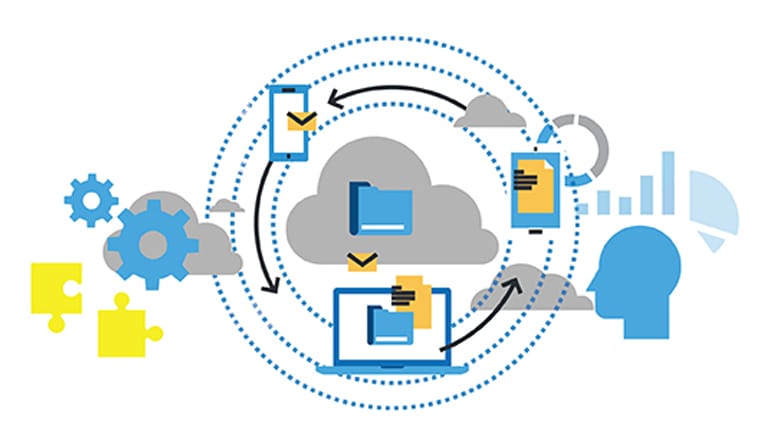One study conducted by IDC concluded that within three years, organizations will be accessing around 78% of resources through some form of public, private, or hybrid cloud storage. IT departments will be focused primarily on service delivery. When it comes to cloud strategies, it will mostly be covered by hybrid cloud architectures. There has been constant effort to integrate legacy systems with modern cloud architecture. This effort has created tremendous friction and poses a number of operational challenges.
When looking at the concept of digital transformation, it is not only limited to specific technology such as mobile or big data. The concept is more along the lines of how an organization combines people and its assets to deliver a stellar experience to customers. However, a major challenge IT organizations face during this journey of digital transformation is how to go about rebalancing the workloads. This includes harnessing the power of off-premise resources and existing internal infrastructures. This is done to ensure the right workload is setup on a specific infrastructure at the right time.
One common misconception that people carry is that hybrid IT is similar to the hybrid cloud, which is not the case. The cloud is more of a subset of hybrid IT. Hybrid IT is all about having practices set around IT asset management which allow any IT organization to deploy resources where they best fit. It also ensures better control over the movement of data between these resources, facilities, and network links to join the dots and help in the movement of data wherever and whenever needed.
Enterprises must be careful in selecting the right hybrid IT service provider. The most important factor that a service provider should have is the ability to support multiple options including both on premise and off premise. The service provider should manage resources, and the data across all data centers and ensure interconnectivity among these data centers.
Furthermore, the provider should have expertise in technology, data centers, and connectivity. Be sure the provider you choose can align expertise and capability with business requirements and understand your company’s objectives and challenges. The more questions you ask and answers you seek on the front end, the better chance you will have of finding the right service that meets your needs.
Want to know more about the benefits of hybrid IT? Click on the link below to watch a quick video and to download the whitepaper.
What You Need to Know About Hybrid IT





